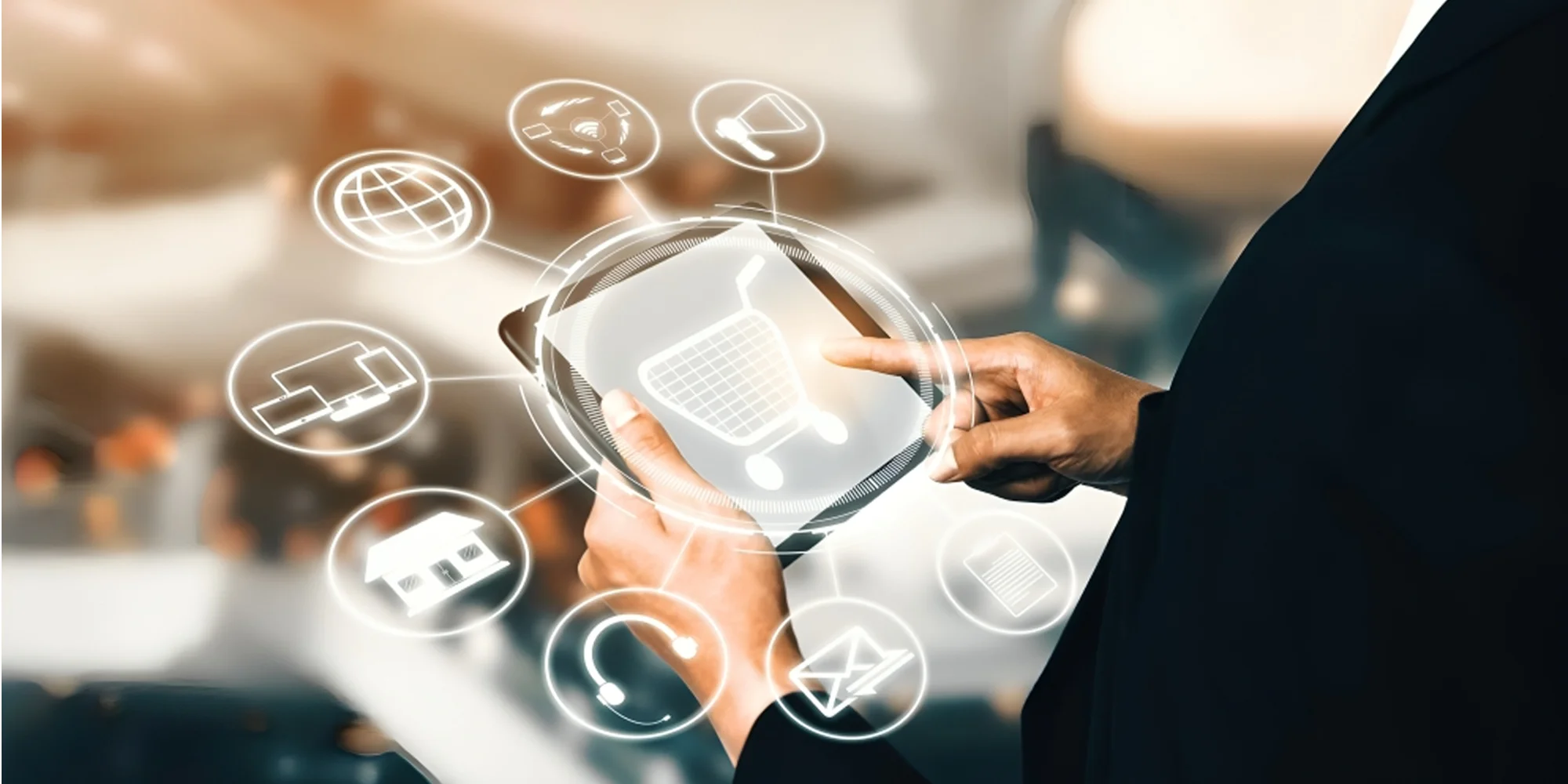Necessary Always Active
Necessary cookies are required to enable the basic features of this site, such as providing secure log-in or adjusting your consent preferences. These cookies do not store any personally identifiable data.
|
||||||
|
||||||
|
||||||
|

An omnichannel customer service is the interconnected experience many clients want from your business. Whether a prospect is shopping online, at your physical store, mobile app, or customer support chat – they want a continuous and seamless service. Customers always want to continue sales interactions from exactly where they stopped.
One way to achieve that is to understand what is omnichannel customer service and the different support channels that make up your B2B or B2C communication systems. This guide provides a practical omnichannel customer support definition, and why it is an important strategy in customer service.
A comprehensive omnichannel customer service definition explains how to ensure customers continue the same experience without interruptions even when they switch communication platforms.
An example of omnichannel support is when a sales prospect shops on a brand’s website and adds items to their cart only to check back after a few weeks through the mobile app. The continuous “omnichannel” experience means the customer sees the same products on the mobile app cart ready for checkout – exactly where they stopped! It should also be the same if they later walk into the physical store to complete the purchase.

So, what is omnichannel customer service? It is defined as the seamless, integrated, and consistent support strategy across all customer interaction channels for a business. It is different from multichannel service that operates each support channel independently.
Modern digital communication methods enable prospective buyers to choose from multiple channels for interactions. With these service offerings across multiple channels, customers need to pick up digital interactions from where they stopped.
That explains our definition of an omnichannel customer service strategy – a seamless connection of the different platforms to function as one to the users. Whether the sales communication started via live chat and continued in the mobile app, the customer wants a consistent experience. Forcing them to use only one channel or start over each time they switch will negatively affect satisfaction scores.
While omnichannel strategy in customer service has its advantages, we have to check how multiple channels might help your business. So, what is multichannel customer service and how is it different from omnichannel support?
Multichannel customer support is a digital strategy where a company provides its services through multiple and separate communication channels. Each support platform operates independently, meaning customer interactions in one channel may not be connected to another.
For example, a customer connecting via chatbot marketing under a multichannel communications strategy might have to start a new ticket if they switch to phone support.
Different organization needs and customer service expectations might require choosing between a unified support system or multiple channels for communications. Check out the features that differentiate multichannel support from omnichannel customer support.
| Features | Omnichannel Customer Service | Multichannel Customer Service |
|---|---|---|
| Integration of Channels | Fully integrated and connected across all channels | The different channels operate independently |
| Customer Experience | Seamless, consistent, and unified interactions | Separate customer support across multiple channels |
| Customer Data | Centralized data accessible across all channels | Data is usually restricted to a separate channel |
| Communication Continuity | Seamless interaction without repetitions | Customers might need to repeat the information |
| Personalization | Highly personalized support based on unified data | Limited personalization due to data separation |
| Overall Objective | Focus on customer-centric journey | Focus on providing multiple channels to interact |
Learn the advantages of implementing an omnichannel strategy in customer service teams.
An omnichannel contact center is a list of customer service platforms that use physical and digital support channels to manage business interactions. These contact centers that define your customer service strategy are:

The best examples of omnichannel for customer service are from leading B2B and B2C organizations maintaining connected and unified support channels. These include companies such as:
Omnichannel customer service represents the present and future of B2B and B2C interactions. By prioritizing personalized client relationships, integrating a seamless and integrated support system is necessary. Businesses aiming to gain a competitive advantage in their respective industries should be ready to go beyond traditional multichannel customer support and try the omnichannel strategy in customer service. Customer expectations and satisfaction metrics continue to evolve, and embracing unified communication channels across your retail stores, email and phone support, and AI-powered chatbots is the way forward.
Sign up to receive our newsletter featuring the latest tech trends, in-depth articles, and exclusive insights. Stay ahead of the curve!